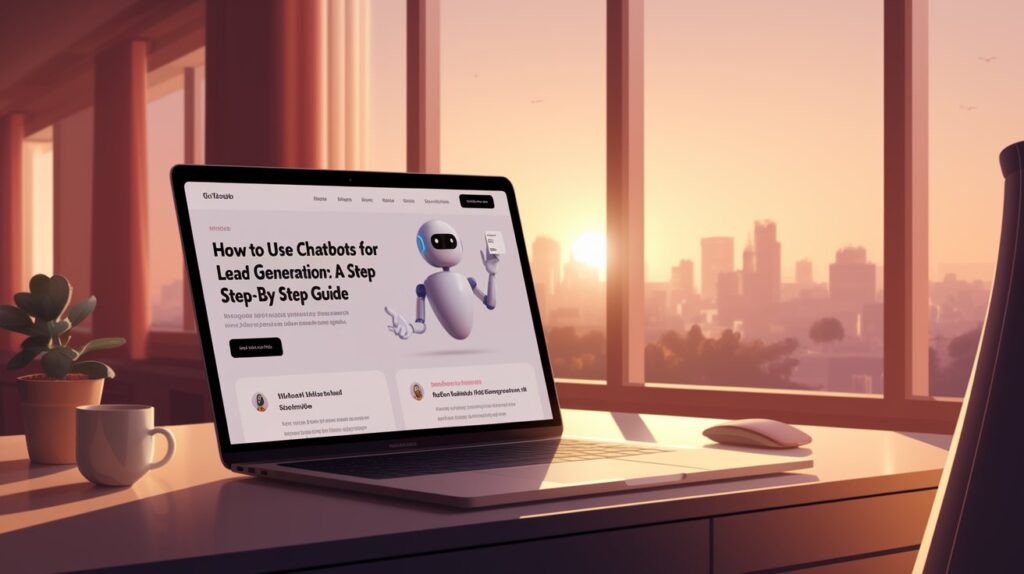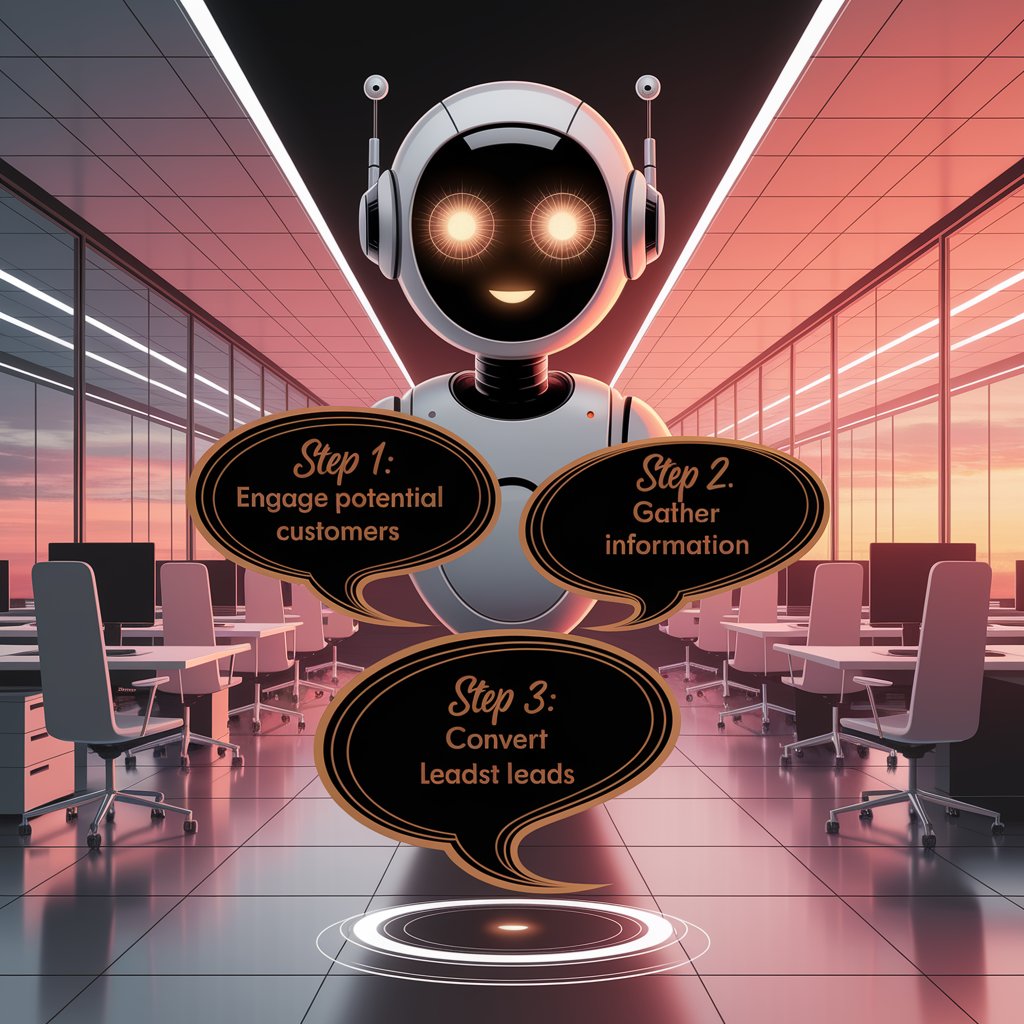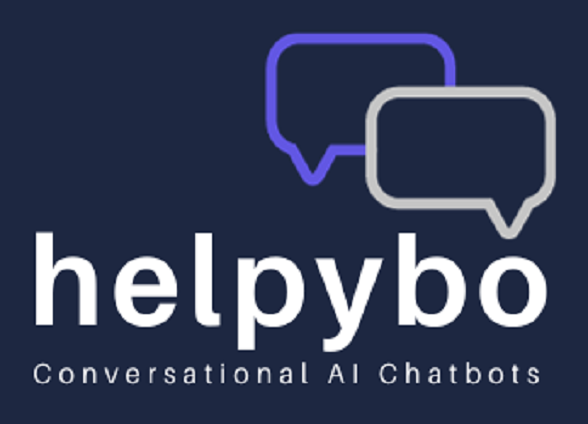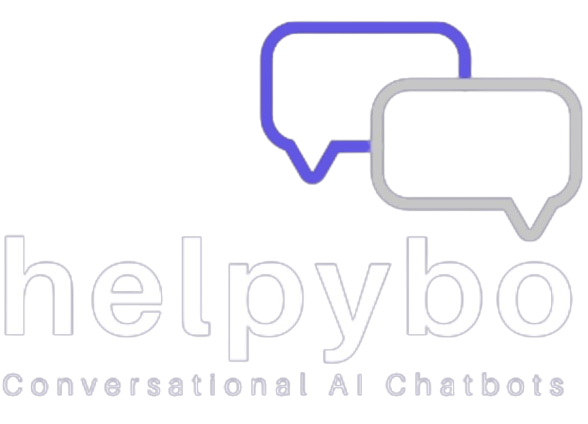How to Use Chatbots for Lead Generation: A Step-by-Step Guide

Businesses in the digital first world of today must have creative and effective plans to create leads. Chatbot lead generation—which uses artificial intelligence-driven automation to interact with possible consumers, gather their data, and lead them through the sales funnel—is among the most successful strategies available. Companies are moving toward conversational marketing to give their audience quick, interactive, and customized experiences as AI chatbot marketing grows.
This tutorial will go over the advantages of automated lead generation, offer a detailed walk-through of integrating sales chatbots, and address best practices for chatbot conversational flows. Emphasizing practical cases and the most suitable instruments for application. Additionally we will look at AI chatbot lead generating models and offer ideas on how to integrate chatbots into sales funnels.
Why Businesses Are Adopting Chatbots for Lead Capture
Because of their several advantages, companies in many different sectors are using chatbots for lead generation:
- 24/7 Availability: Chatbots interact with leads wherever, so guaranteeing that no possible client is lost.
- Instant Responses: AI-driven chatbots improve user experience by answering questions fast, hence lowering response times.
- Cost-Effective Automation: Lessens the requirement for human involvement so sales teams may concentrate on closing deals.
- Personalized Engagement: Data and behavior analysis help AI-powered bots customize interactions for higher conversion rates.
- Seamless CRM Integration: By syncing lead data with CRM and marketing automation technologies, chatbots maximize lead nurturing initiatives.
Step-by-Step Guide to Setting Up a Chatbot for Lead Generation
Step 1: Understanding Chatbots for Lead Generation
One should be aware of the several kinds accessible before building a chatbot:
- Rule-Based Chatbots: Interact with people following set scripts and decision trees.
- AI-Driven Chatbots: Understand and answer intelligibly using Natural Language Processing (NLP) and Machine Learning (ML).
If you’re concerned about how to generate leads using chatbots, they are more effective as they provide a more natural and engaging experience.
Step 2: Choosing the Right Chatbot Platform
Success requires choosing the correct chatbot platform. Popular choices are compared here:
Platform | Key Features |
Helpybo | AI-powered chatbot, CRM integration, automated lead nurturing |
Botsonic | No-code chatbot builder, multi-channel support |
Landbot | Drag-and-drop chatbot builder, WhatsApp integration |
Instabot | Advanced analytics, A/B testing |
Collect.chat | Pre-built templates, website and social media integration |
Chatfuel | AI-driven chatbot for Facebook Messenger and WhatsApp |
To improve chatbot marketing strategy for businesses, weigh simplicity of use, integration capabilities, and AI-powered features while selecting a platform.
Step 3: Designing an Effective Chatbot Flow
High engagement and lead conversions in a well-structured chatbot conversation flow guarantee. Important components consist of:
- Greeting & Personalization: Start with a warm, customized message.
- Qualifying Questions: Gather lead information through interactive questions.
- Lead Capture Forms: Collect user details for follow-ups.
- Call-to-Action (CTA): Guide users to book demos, sign up for newsletters, or request quotes.
- Seamless Handover: If needed, transfer conversations to human agents for complex queries.
Using AI-powered personalization can significantly boost chatbot lead generation and conversion rates.
Step 4: Integrating Chatbots with CRM & Marketing Automation
Chatbots could easily link with CRM and email marketing solutions like these for efficient automated lead generation:
- HubSpot CRM – Automates lead tracking and follow-ups.
- Salesforce – Syncs chatbot interactions with sales pipelines.
- Mailchimp – Nurtures leads with automated email sequences.
- Zapier – Bridges chatbot data with various business apps.
Integration of chatbots with these systems allows companies to integrate chatbot data with CRM for lead generation, therefore guaranteeing better conversion rates.
Step 5: Optimizing Chatbots for Better Engagement
Companies should follow these best practices to maximize chatbot performance:
- Use AI and NLP: Through context and user purpose, AI chatbots improve conversational experiences.
- A/B Testing: Test chatbot messages and conversational flows often to increase performance.
- Multi-Channel Deployment: Use chatbots on messaging applications, social media, and websites to generate more leads.
- Engagement Triggers: Send proactive messages depending on user activity (such as cart abandonment warnings or exit intent popups).
This tuning guarantees that sales chatbots maximize their benefits for companies.
Step 6: Measuring Chatbot Performance & ROI
Companies should track important performance indicators like artificial intelligence chatbot marketing to evaluate its effects:
- Conversion Rate: Share of chatbot exchanges resulting in leads captured.
- Engagement Rate: How many users of the chatbot participate actively?
- Response Time: How quickly chatbots answer user queries.
- Lead Quality Score: Evaluating the readiness of leads for sales conversion.
Examining such metrics helps companies better target their chatbot marketing plans and raise return on investment.

Case Studies: Businesses Benefiting from Chatbots
Chatbots have been used by several businesses effectively to create leads. Here are several AI chatbot lead generating examples:
- E-commerce Store: Using chatbots for product recommendations, an online store raised 30% more sales.
- Real Estate Agency: A property company included chatbots into their website to record 40% more searches.
- SaaS Company: By qualifying leads with AI chatbots, a software vendor shortened the sales cycle by 25%.
These actual achievements highlight the ability of best chatbots for lead generation across several sectors.
Conclusion: Next Steps for Implementing Chatbots
Following this detailed advice can help companies effectively apply chatbots to improve lead generating initiatives. Here’s a quick review:
- Know the several forms of chatbots—rule-based against AI-driven.
- Select among Helpybo, Botsonic, Landbot, etc. the appropriate chatbot platform.
- Create successful chatbot interactions using tailored user experiences.
- For flawless lead generating, combine chatbots with CRM and marketing technologies.
- Optimize chatbot interactions with engagement triggers, AI, and A/B testing.
- Calculate performance with reference to important ROI and chatbot analytics.
Using an AI chatbot for lead generation will change your marketing and sales plan, increasing its efficiency, economy, and appeal to possible clients. If you want the greatest answer, think about Helpybo, a strong chatbot tool meant to maximize your AI chatbot marketing strategy.
Are you ready to take lead generating to the next level? Start integrating chatbots today!

